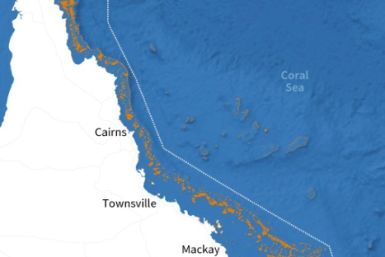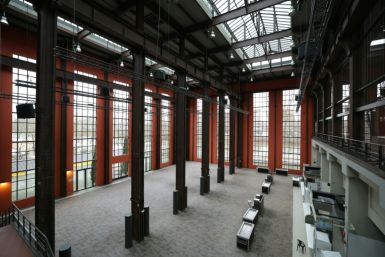Experts warn at National Earthquake Conference that San Andreas fault is locked, loaded & ready to go
Next tremor could be a magnitude 8

Besides an unusual increase in carbon monoxide levels, there are other indicators that the San Andreas fault would cause a major earthquake to hit California soon. The warning was made on by tremor experts at the ongoing National Earthquake Conference in Long Beach, California.
Thomas Jordan, director of the Southern California Earthquake Center, based his warning on observations that the springs on the San Andreas systems have been wound very tight, while the southern San Andreas fault is locked, loaded and ready to go. His worry is that the tectonic plates are not properly relieving stress as evidenced by the fault line being so quiet for long, reports The New York Daily News.
Because of the long-overdue relief, the next quake could be as strong as a magnitude 8 tremor, predicts Mark Benthien, also from the same centre. He explains, “If it’s a long time since you’ve had an earthquake on a fault, the more pressure has built up, and when you release that pressure, then you have a larger earthquake.”
The last major earthquake along that fault line happened almost 160 years ago, the Fort Tejon Earthquake in 1857, which left a surface rupture of about 225 miles long. While only two people died at that time, the place was sparsely populated then.
If the same magnitude of earthquake would hit the place today, Jordan estimates the damage could reach billions, while there would be more deaths because communities have been building along Wrightwood, Palmdale, Frazier Park and Taft. Even if Los Angeles is not directly above the San Andreas fault, he says a major temblor would still impact the city, with LA shaking for long periods of time.
To prepare for the big one, LA required in October retrofitting for 15,000 buildings in the city.





